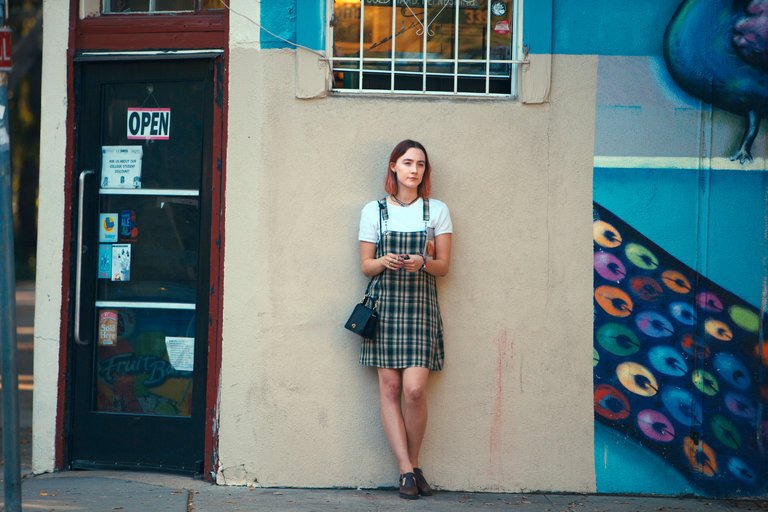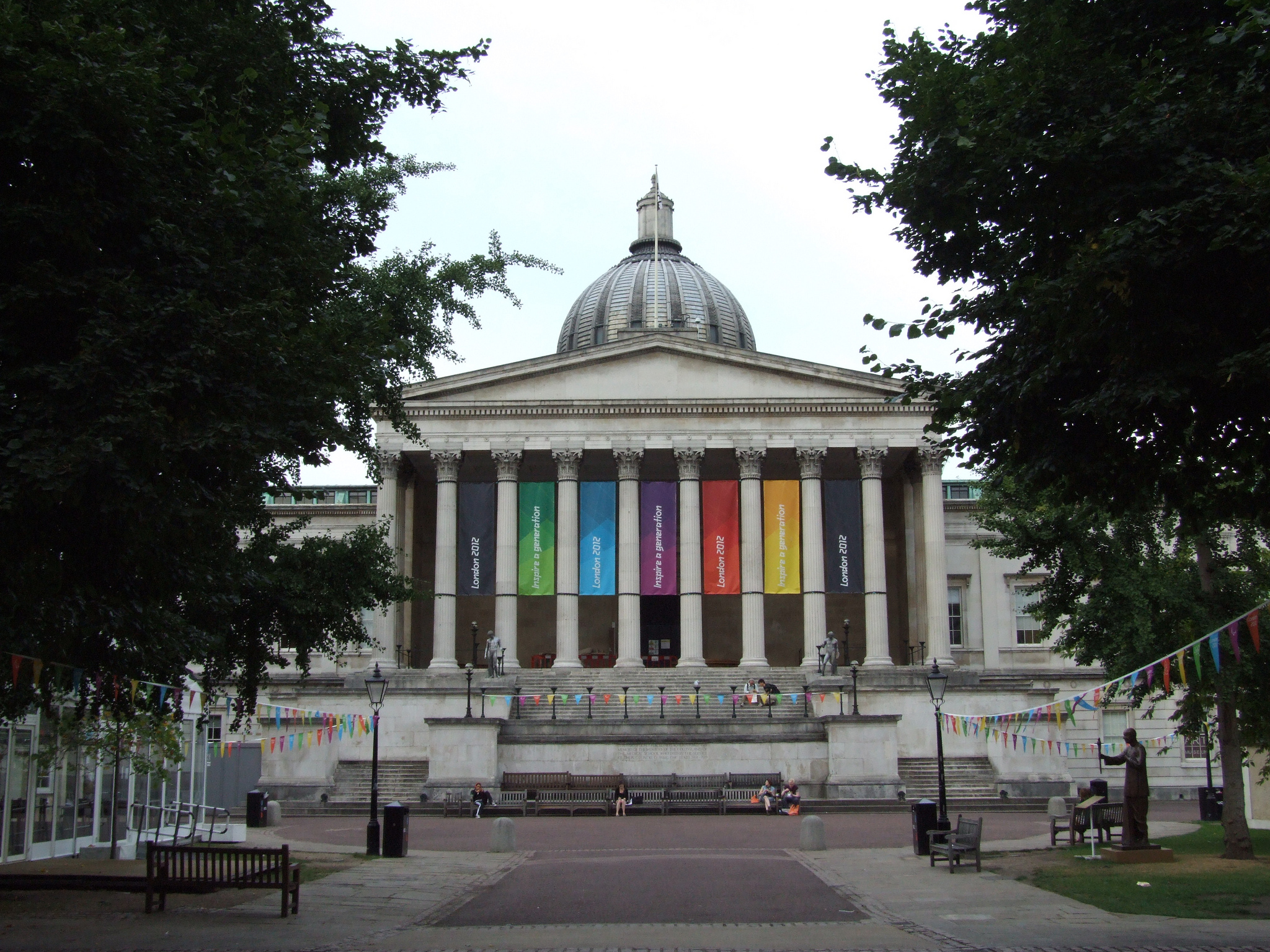I have a soft spot for coming-of-age films. There’s something cathartic about watching a slightly-too-old-for-the-role actor, not a hint of acne in sight, bear the troubles of the average teenagehood: warts, as the case may be, and all. And they are not a new phenomenon. Indeed, the style stems from the German literary tradition of the ‘Bildungsroman’ (literally an ‘education novel’). How fitting then that Greta Gerwig – with a suitably Germanic name – has brought to the screen an outstanding semi-autobiographical piece. Lady Bird is a triumphant character study: a raw emotional ode to family life.
The charm of Lady Bird lies partly in its honesty: one wonders how much of the plot was fictionalised at all. The film’s opening epigraph sets this tonal bar – “Anybody who talks about California hedonism,” we’re told, “has never spent a Christmas in Sacramento”. The world of Christine ‘Lady Bird’ McPherson is not one of the Golden Coast highlife. It is that of quite an ordinary 17-year-old girl who literally lives on the wrong side of the tracks. She goes to school, breaks and makes friendships, falls in and out of casual love, and tries with a familiar teenage lethargy to get into a good university. Like Yale, but not Yale. Her school-life is typical too, struggling in maths and putting on plays with the drama club. And the film itself seems to be aware that we perhaps shouldn’t be so fascinated with such an ordinary story, running the plot in parallel with the geopolitical significance of the 2003 Iraq invasion, which Lady Bird watches with visible indifference. At the heart of Lady Bird are the humdrum, unassuming lives of normal people trying to get by: a brazen ordinariness. The older father worried about losing his job; the drama teacher coping with depression; the nun finding humour in a school prank. These are the people we know, and the people we are. And when they are portrayed with such integrity, and emotional honesty, we cannot help but gaze, intrigued, into the mirror with which we are presented.
And at the head of these stories stands Lady Bird herself, brought to life by the spectacular Saoirse Ronan. All too often, teenagers are either caricatured or idealised, but the truth, as usual, lies somewhere in the middle. Somewhere in between Rebel without a Cause and The Fault in our Stars. There is a childish naivety about Lady Bird, true – she lovingly inscribes the names of her crushes onto her bedroom wall – but there is also a maturity in her gasping desire to break out of the suffocating domesticity of her family home. Her priorities are to lose her virginity, and to get into college. Not spark a communist revolution or write epic poetry. She is the Everywoman. But the central tension is that of Lady Bird and her hyper-critical, yet endlessly loving mother (Laurie Metcalf). Their relationship is raw. It is imperfect, it is inconsistent, it is jagged in places. And brutally honest. Few actors would be able to pull off the emotional plausibility of a scene which starts with a mother and daughter crying together over The Grapes of Wrath and ends with one of them hurtling herself out of a moving car. But in Lady Bird, it is difficult to believe anything other than that Christine and Marion are two components of a twisted, messy relationship which resists simplification. With one glimpse of a scathing look from Metcalf, we know everything about the pair; a testament to both the nuance of the script, and these two terrific central performances.
Ultimately though, Lady Bird is a love letter to Sacramento, and the domesticity of childhood it represents. In its exterior scenes, the film captures the sun-kissed tranquillity of the place. Sacramento’s dullness as well as the comforting warmth of its vast highways and residential areas. In mood, Lady Bird reflects the character of the Sacramento backwater. The residents of this place, and their personal struggles, are no more remarkable than the prosaic streets and waterways which line the town. But this familiarity, particularly when contrasted with the bustling streets of New York, is not something to resent, no matter how hard Lady Bird dreams of something more. Like childhood, Sacramento is cosy. And it must of course be cast off to make way for the unrelenting cruelty of the future. But to be shameful of one’s own home, and the name it gave you, it just as much an error as remaining behind in the comforts of an infant hinterland.
Coming of age stories are ingrained in our culture. But the best ones are able to draw on universal themes and play them back to us, like the symmetry of a ladybird’s dotted pattern. Everyone was once an anxious adolescent, the nervous child who has shaped our personality. Lady Bird, in a sense, is a reminder that we all have a longing, no matter how hard we deny it to ourselves, for our own Sacramento.
4/5















I just want to tell you that I’m new to blogs and definitely savored you’re web blog. Likely I’m going to bookmark your website . You really have wonderful articles. Thank you for revealing your web page.